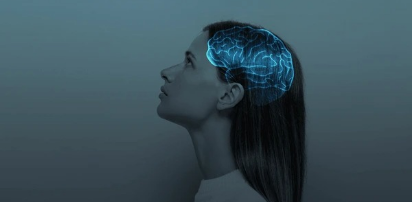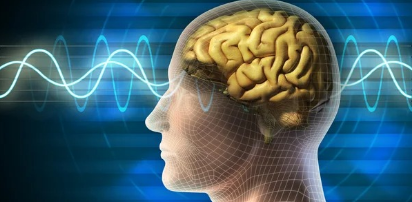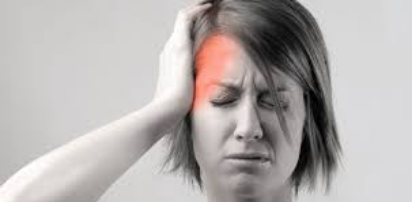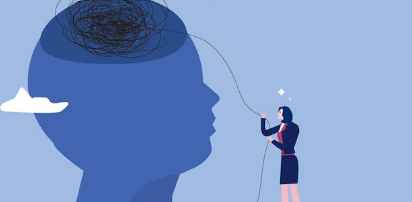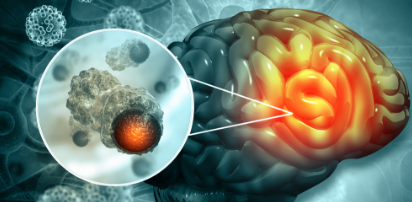
Migraine
Dr. Shamim Alig, with over 15 years of expertise, provides specialized care for migraines at his clinic located in Shop No. 3, Asalpha Metro Station, Asalpha, Ghatkopar (west), Mumbai, Maharashtra, India. Migraines are neurological conditions characterized by intense, debilitating headaches often accompanied by symptoms like nausea, vomiting, and sensitivity to light and sound.
Dr. Shamim Alig is dedicated to offering personalized care that addresses the root causes of migraines, ensuring long-term relief and improved quality of life.
Migraines are intense, debilitating headaches often accompanied by nausea, vomiting, and sensitivity to light and sound. Traditional treatments can sometimes fall short, which is why our clinic focuses on holistic approaches that combine the best of Unani and Ayurvedic medicine with therapies like Hijama (cupping therapy) and Natool/Shirodhara.
Unani and Ayurvedic Medicine: Both Unani and Ayurvedic systems emphasize balancing the body's natural energies. Herbal remedies, dietary changes, and lifestyle modifications are tailored to each patient’s specific needs to alleviate migraine symptoms and prevent recurrence.
Hijama (Cupping Therapy): Hijama involves creating suction on the skin with cups to improve blood flow and remove toxins. This therapy can help relieve tension and reduce the frequency and severity of migraines by promoting relaxation and reducing stress.
Natool/Shirodhara: Natool/Shirodhara is an Ayurvedic therapy where warm, herbal oil is gently poured over the forehead. This treatment induces deep relaxation, calms the nervous system, and is particularly effective in reducing the stress and tension that contribute to migraines.

